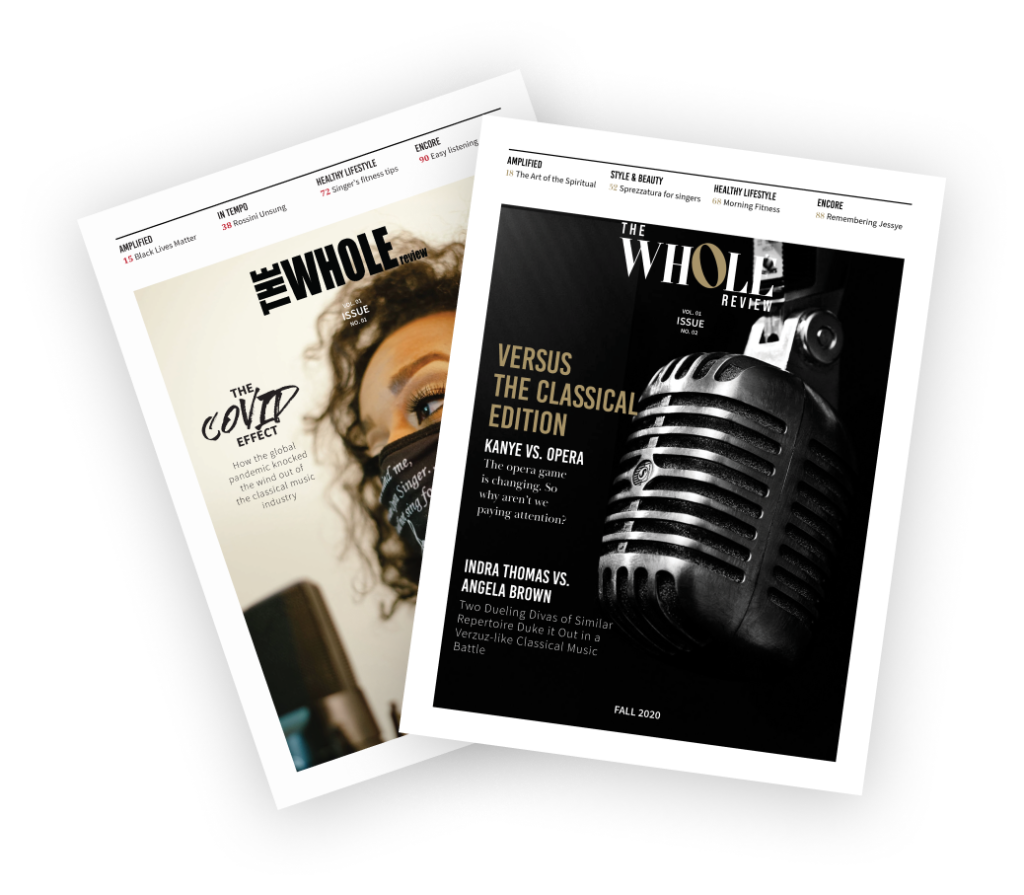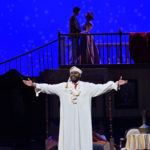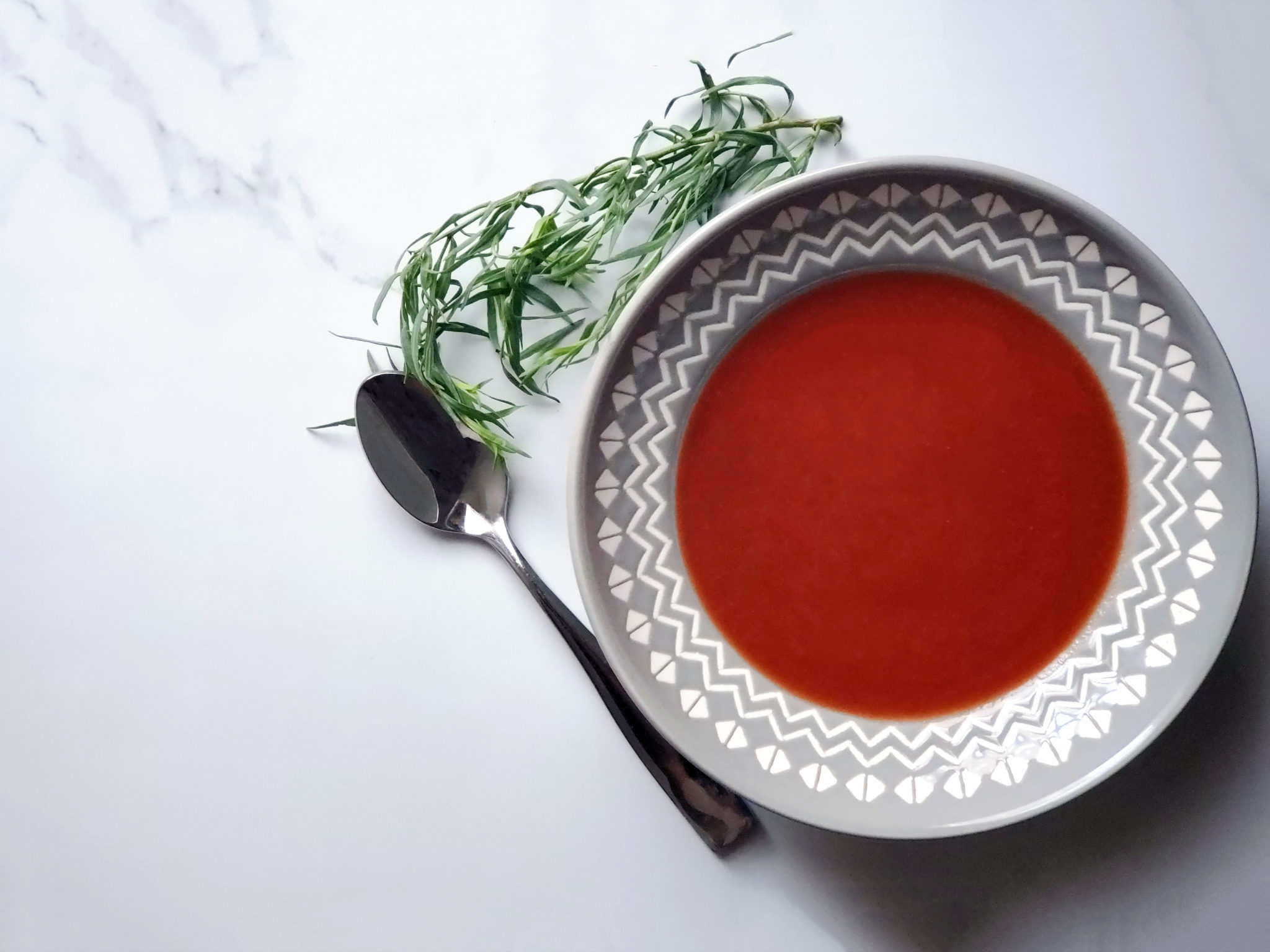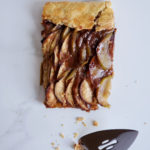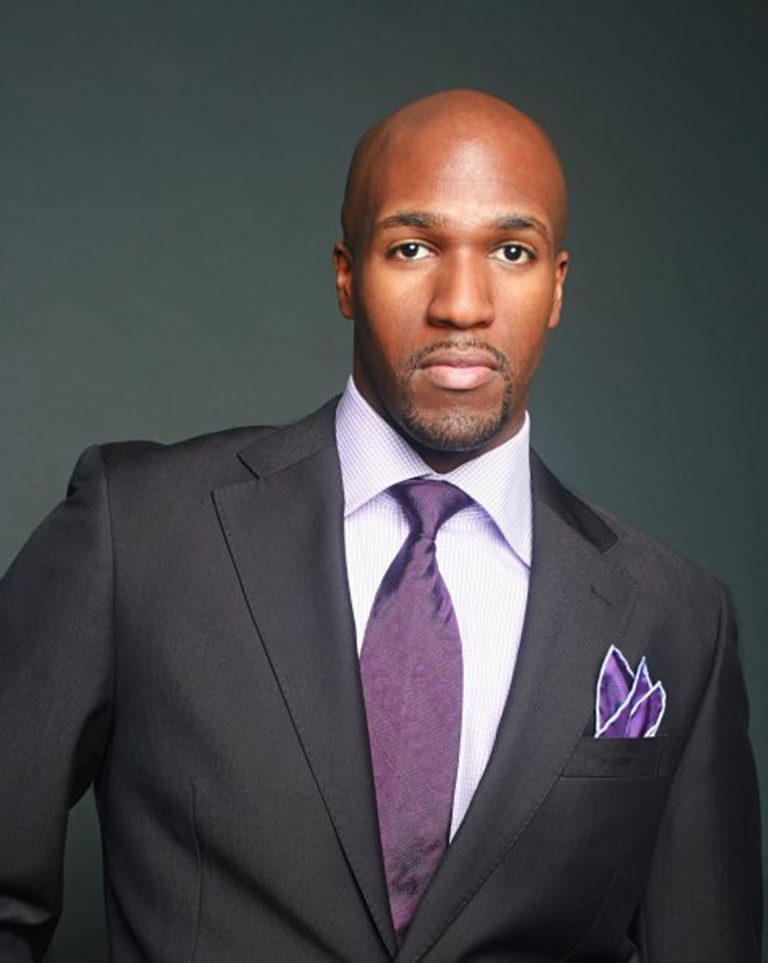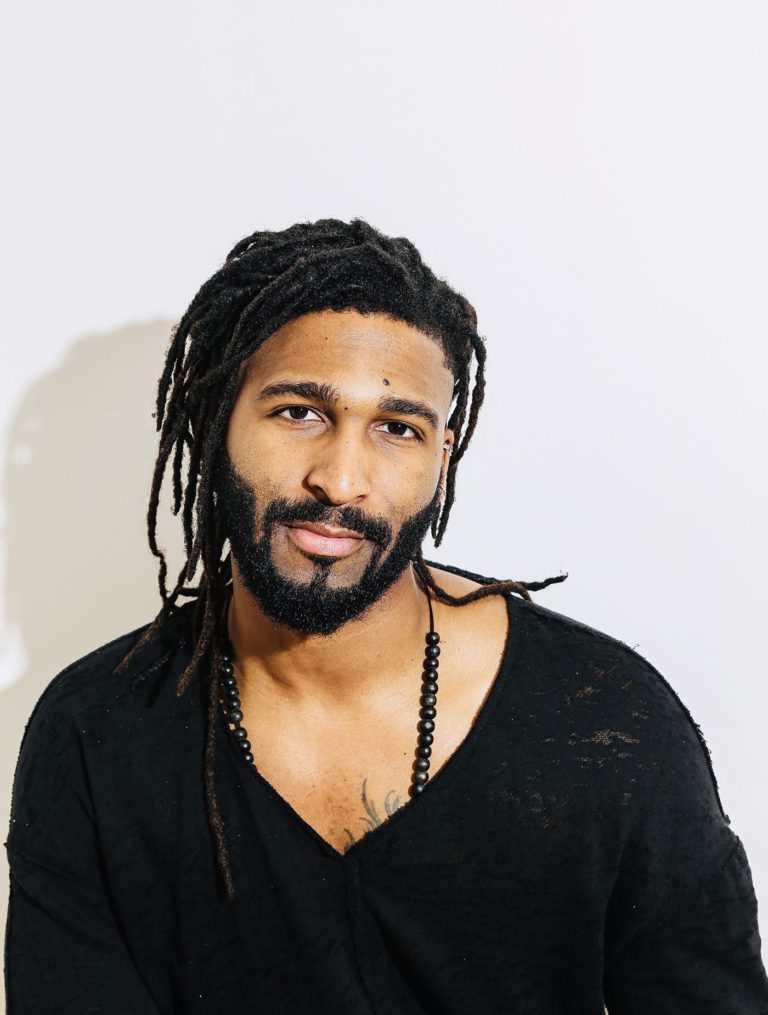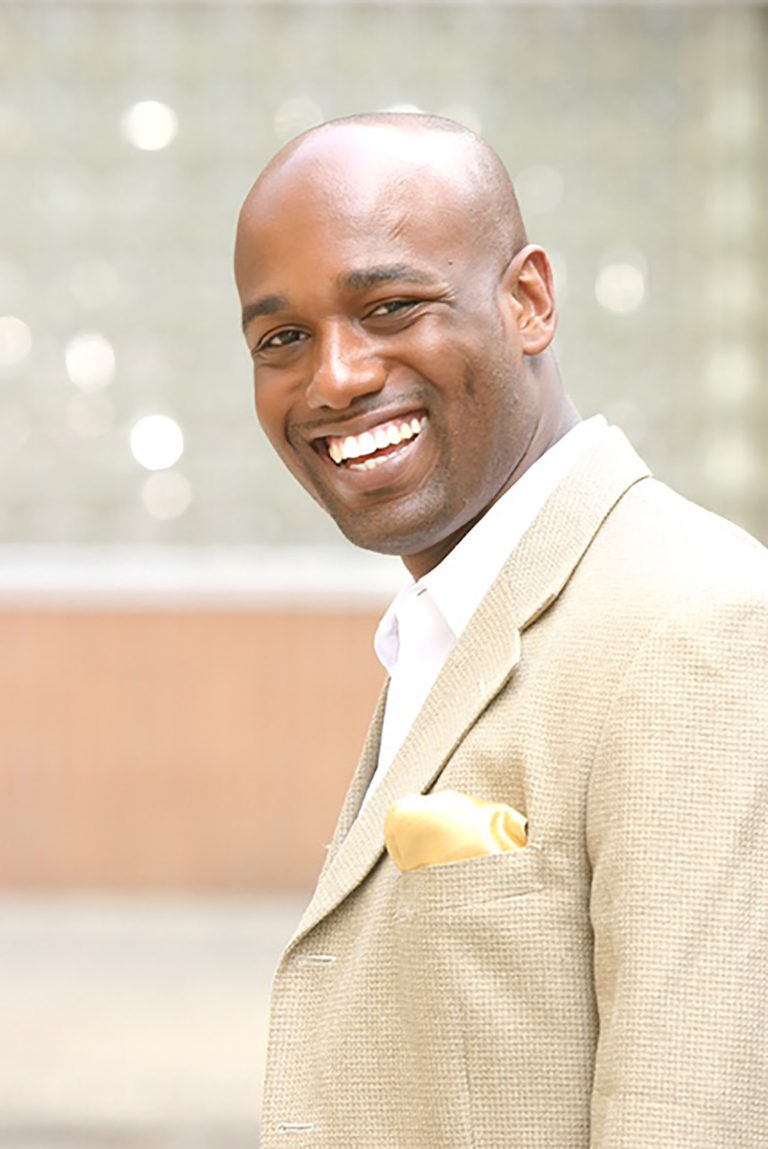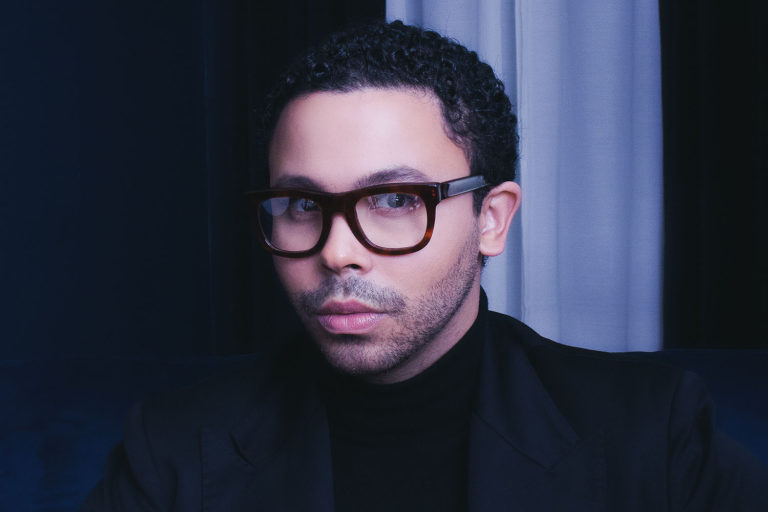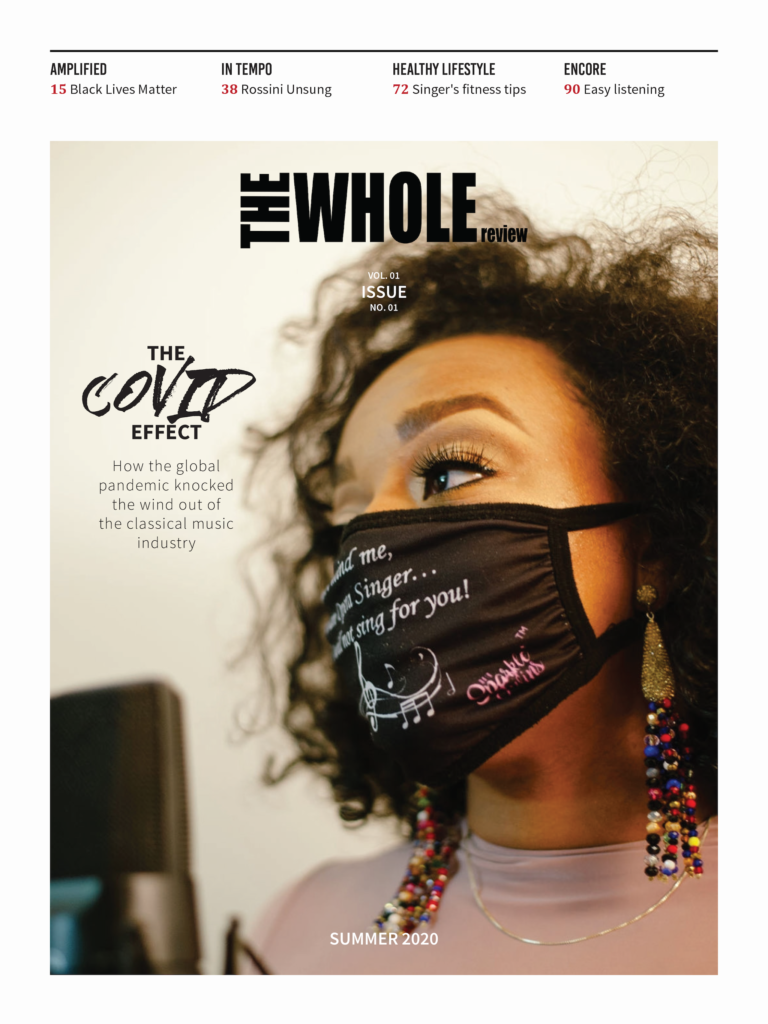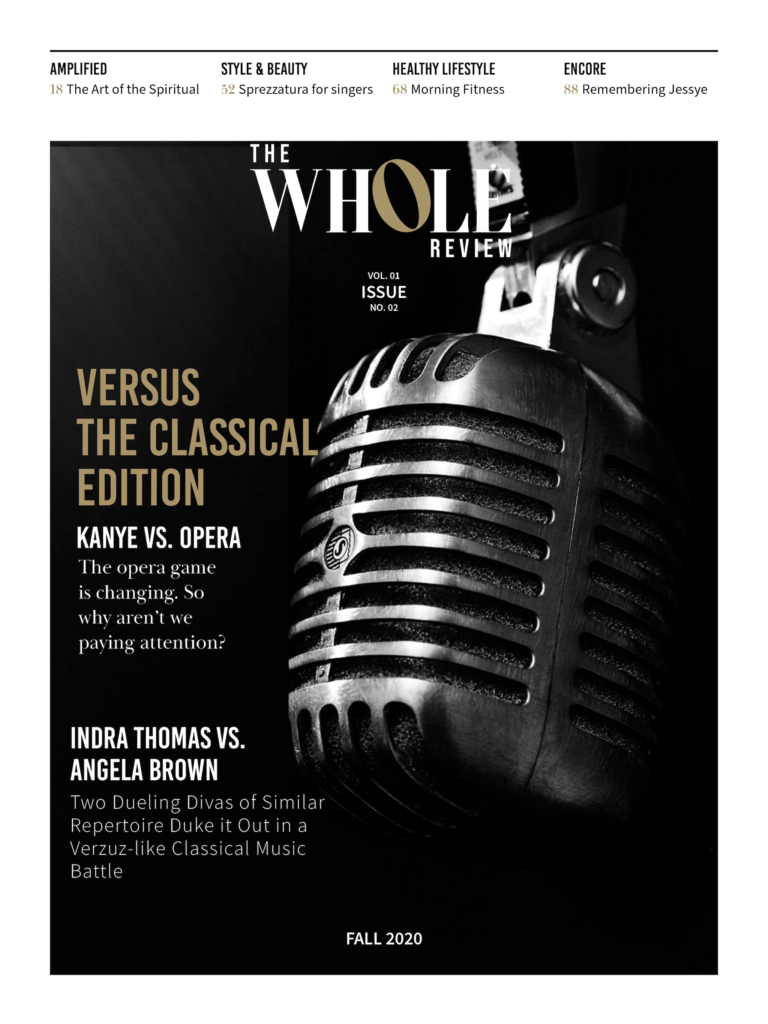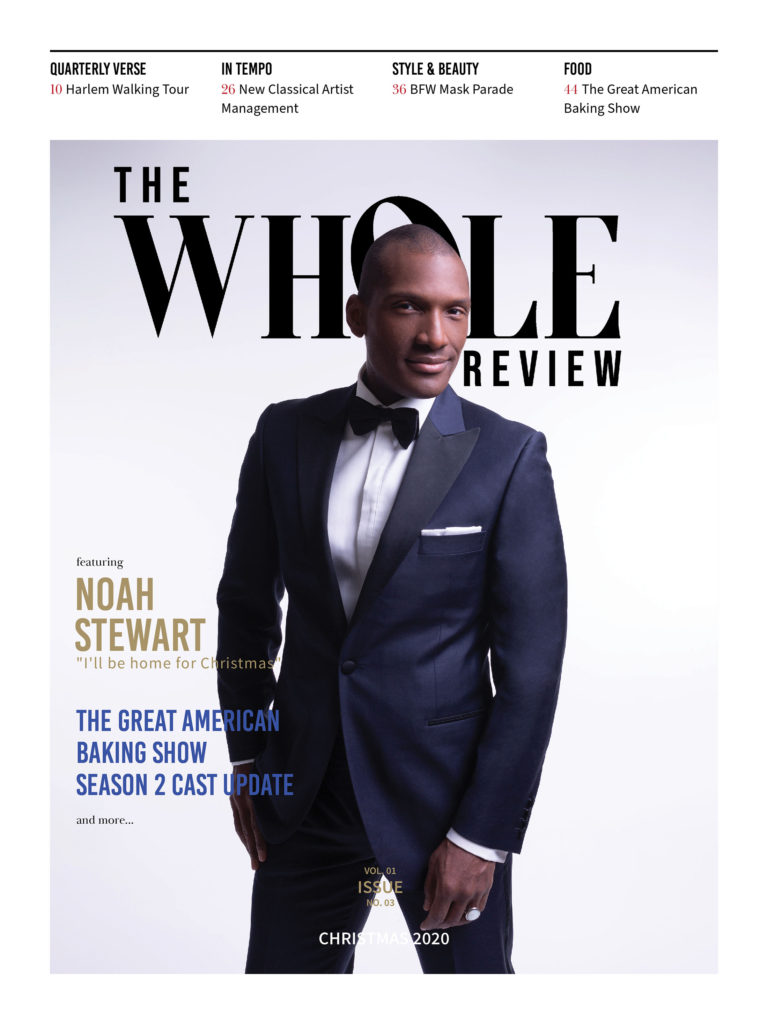Because classical singers are so visible, one would expect these prominent artists to be style mavericks and mavens. This is not always the case. Whether in recital with piano, vocal ensembles, or performing with a symphony, their attire can be under as much scrutiny as their musical phrasing. Of course, things are very different on the larger-than-life opera stage, where costuming is entirely dictated by directors and designers. In the rarefied world of opera, stars from Caruso to Gencer have shown impeccable taste in both their singing and their personal dress. Onstage, though, can often be a different story. However, the nature of performance is shifting, with a concerted push to make classical music more accessible. We are experiencing a trend toward a more relaxed, less glamorous onstage look. I have often wondered if opera style—or lack thereof—has to do with the nature of the art form itself, or if there is something else at play here. Perhaps the often stodgy choices are born out of fear that glamor might overshadow musical values. But can’t glamor and high art work together to serve the overall good of a musical performance?
Since Harper’s Bazaar launched its first issue on November 2, 1867, hundreds of style and fashion magazines have followed in its footsteps, working hard to highlight the latest fashion trends and offer style tips. These magazines have long since expanded their sartorial target audience from women, as men’s fashion magazines and style editorials gained in popularity. Across the board—from Vogue to Elle, from Esquire to GQ—there is no lack of resources for the aspiring fashion neophyte, or even style veterans looking to stand out at their next concert.
I hasten to add that fashions in the classical music world have not always been bland. Let us not forget the fabulous soprano Luisa Tetrazzini, who photographed in ornate, Edwardian S-shaped gowns, generally crowning her look with a plume hat. And there were stylish men as well: for example, the tenor Roland Hayes, whose expressive haberdashery ranged from the then-traditional sack suit to a three-piece houndstooth accented with a paisley tie. There is even a photograph of Hayes in his later years, supremely dressed in a well-fitting, black three-piece suit, with silk piping around the lapel of the jacket and the frame of the vest. Stylish attire for the concert singer is important; it is an extension of personality. If we are being honest, it also adds an element of grandeur and posh to the performance. Who can forget Maria Callas in elegant gowns by Biki, Dior, Yves Saint Laurent, and Lanvin— or Shirley Verrett, stunning in a black chiffon beaded evening coat by Stavropoulos?
In 2008, in celebration of its 125th anniversary, New York’s venerable Metropolitan Opera commissioned John Galliano, Christian Lacroix, and Karl Lagerfeld to design gowns for the diva Renée Fleming, who starred in the evening’s festivities. Although the gowns nearly upstaged the singer, they added an element of glamor that for many was long overdue. Yet, more often than not in the classical singer’s world, the style choices are predictable and unremarkable.
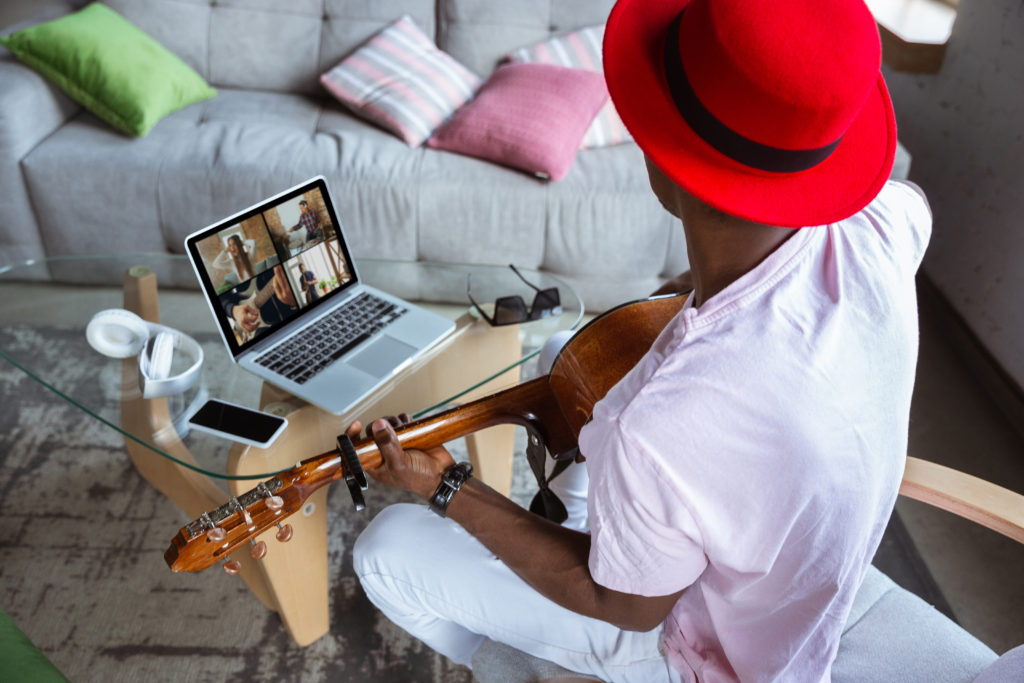
All hope is not lost, though. After years of strapless gowns accessorized with chiffon shawls, off-the-rack tuxedos and prêt-à-porter bow ties, an emerging pool of exciting, forward-facing classical music talent is embracing fashion as an equal partner to vocal art. Suzanne Vinnik is starting a fashion brand catered to the classical artist. Brandie Sutton and J’nai Bridges are impressing critics all over the world with both their gorgeous voices and designer gowns, while tenor Aaron Blake and bass Soloman Howard’s bespoke suits are gracing the world’s top theaters and concert platforms.
And now, due to the global pandemic, more and more opera companies and arts organizations are using online platforms to stay connected to their audiences, inevitably raising the question of style etiquette for virtual concerts. The first Zoom conferences and virtual concert appearances were marred by on-screen faux pas. Many remember the lady who was caught going to the bathroom during her Zoom meeting, and the news anchor, Will Reeve, who went viral for not wearing pants during a live news broadcast. But what of the classical musician who can be seen sharing his/her art with the masses in jeans and a T-shirt? Should performing from the comfort of your home give license to sing and play in your favorite onesie with a nice blouse on top? In this new era of virtual music performance, vocal artists, like anyone else, are navigating fashion sense as they go.



